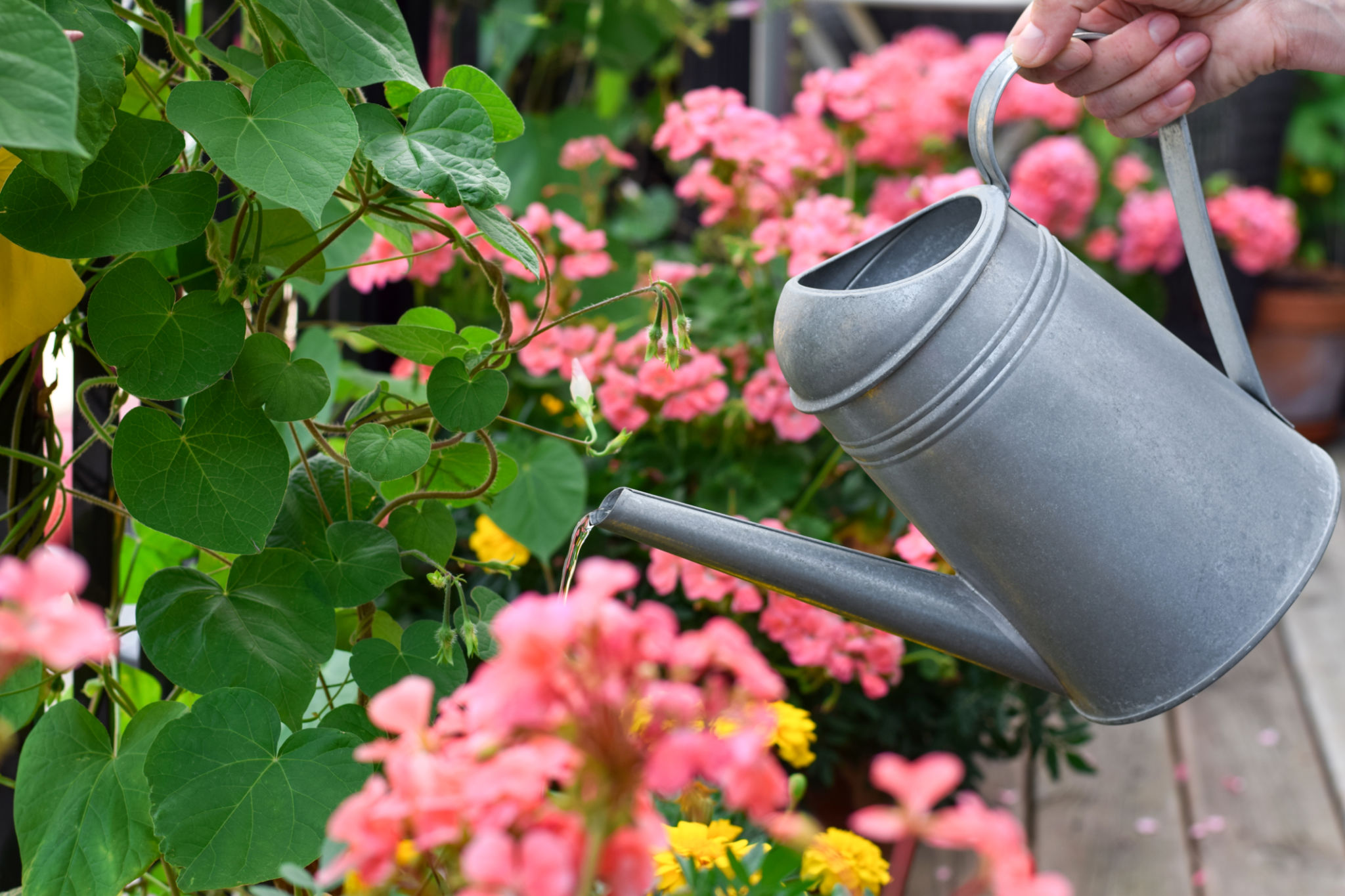Seasonal Vertical Gardening Tips: Preparing Your Balcony Garden for Spring
Understanding Vertical Gardening
Vertical gardening is a creative and efficient way to maximize limited space, making it ideal for balcony gardens. By growing plants upwards, you can enjoy a lush garden without the need for a large plot of land. As spring approaches, it's the perfect time to prepare your vertical garden for the new season and ensure a bountiful display of blooms and produce.

Assess Your Current Setup
Before diving into planting, take a moment to assess your current vertical garden setup. Check the structural integrity of your supports, whether they are trellises, wall-mounted planters, or hanging systems. Ensure that all elements are secure and can hold the weight of the new plants you plan to introduce.
It's also essential to consider the sunlight exposure on your balcony. Identify any changes in sunlight patterns that might have occurred over the winter months. This will help you select the right plants that will thrive in the available light conditions.
Selecting the Right Plants
Choosing the right plants for your vertical garden is crucial for a thriving spring display. Opt for plants that naturally grow upwards or can be trained to do so. Some popular choices include:
- Clematis and other climbing flowers
- Herbs like basil, thyme, and rosemary
- Fruits and vegetables such as strawberries, tomatoes, and cucumbers

Consider mixing different plant types to create a vibrant and diverse garden. Combining flowering plants with edibles not only enhances visual appeal but also encourages biodiversity.
Soil and Fertilization
The right soil is vital for healthy plant growth. Use a high-quality potting mix that offers good drainage and aeration. As you prepare for spring, rejuvenate your soil by adding organic matter like compost or well-rotted manure. This will provide essential nutrients to support vigorous plant growth.
Regular fertilization is also important. Use a balanced, slow-release fertilizer at the beginning of the growing season to provide steady nourishment for your plants. Pay attention to the specific nutritional needs of different plant species and adjust accordingly.
Watering Techniques
Proper watering techniques are key to maintaining a healthy vertical garden. Because vertical gardens tend to dry out faster, especially in warmer spring weather, it's important to monitor moisture levels closely. Consider installing a drip irrigation system or using self-watering planters to ensure consistent and efficient watering.

Remember that overwatering can be just as detrimental as underwatering. Ensure that your containers have adequate drainage to prevent root rot and other water-related issues.
Pest Management
As temperatures rise in spring, pests may become more active. Regularly inspect your plants for signs of infestation, such as chewed leaves or discolored foliage. Encourage beneficial insects like ladybugs and lacewings, which can help control pest populations naturally.
If necessary, use organic pest control methods such as neem oil or insecticidal soap. These options are effective yet gentle on your plants and the environment.
Conclusion
Preparing your balcony garden for spring involves careful planning and attention to detail. By assessing your setup, selecting suitable plants, ensuring proper soil and watering practices, and managing pests effectively, you can create a thriving vertical garden that brings joy throughout the season. Embrace the beauty of vertical gardening and transform your balcony into a vibrant oasis this spring!